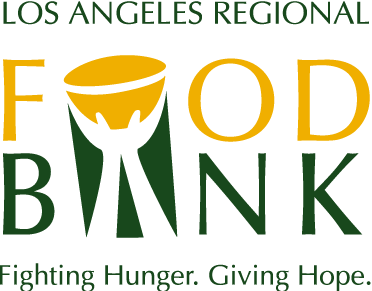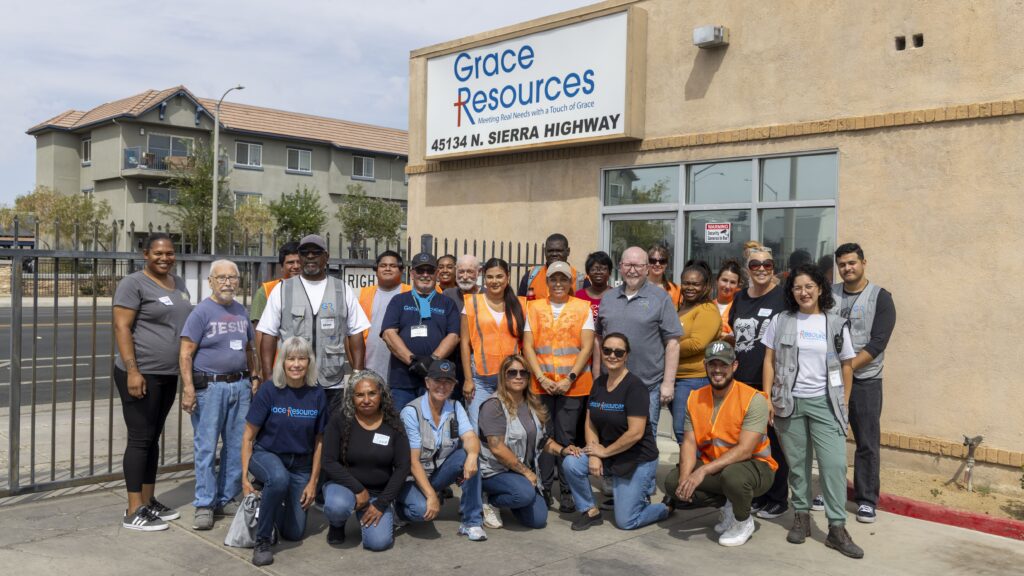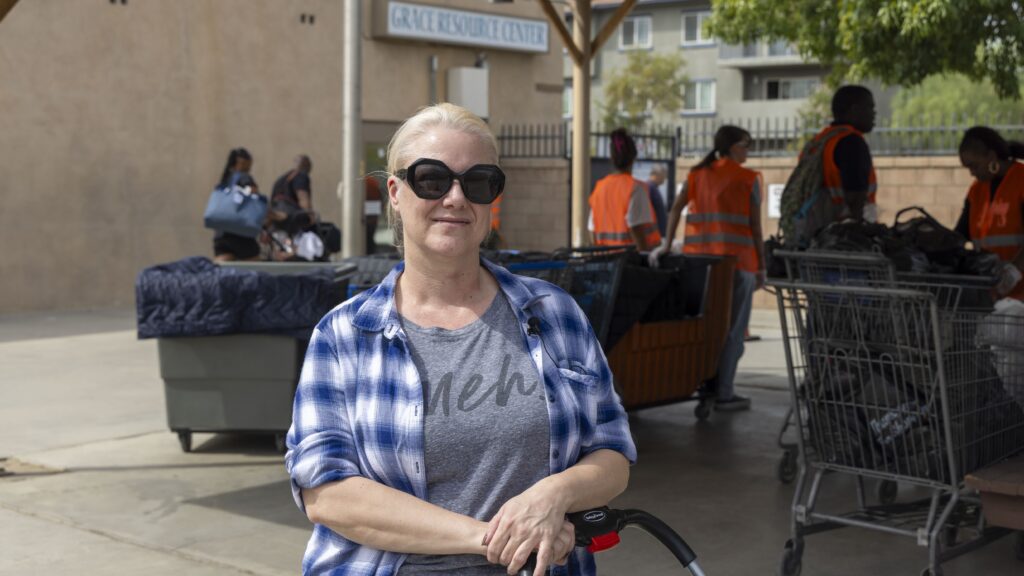UCLA Survey Finds that 24% of LA County Residents Have Worried About Going Hungry
UCLA Survey Finds that 24% of LA County Residents Have Worried About Going Hungry
This UCLA study reveals that a reported 24% of survey respondents shared that they worried about going hungry because they could not afford the cost of food in the last few years. When prompted if food prices have impacted their lives, a reported 94% say they have made a major or minor impact. Food and nutrition insecurity in Los Angeles County is a major concern for people living in the area, and is part of a study about the overall quality of life in LA County. The Quality of Life Index (QLI) is part of the Los Angeles Initiative at the UCLA Luskin School of Public Affairs, which effectively monitors LA County residents’ satisfaction in nine categories.
In the last few years, have you worried about you and your family going hungry because you could not afford the cost of food?
Yes 24% No 74% DK/NA 2%
Top of mind for most participants was the high cost of living, which, the study found, tipped residents’ satisfaction down to its lowest level, with renters feeling negative about their futures. The study also revealed that 4 in 10 renters are concerned about losing their homes and becoming homeless.
The study showed that 27% of individuals were “not satisfied at all” with what they paid for food and basic household goods. This comes as USA food prices have risen by 25% from 2019 to 2023.
While fluctuations may seem modest, the overall effect is overwhelming, especially for neighbors with a fixed income. According to the Consumer Price Index (CPI), US food-at-home prices surged by 5 percent in 2023 compared to the previous year, well above the historical average of 2.5 percent. This trend is alarming, particularly considering the broader context of a 25 percent increase in food prices from 2019 to 2023.
Not At All Satisfied Extremely Satisfied DK 1 2 3 4 5 6 7 8 9 10 11 Mean What you pay for housing - mortgage or rents 33% 9% 9% 7% 10% 8% 6% 7% 3% 5% 3% 3.9 What you pay for transportation including gasoline and other costs 29% 11% 13% 10% 11% 6% 8% 5% 3% 3% 3% 3.8 what you pay for basic utilities such as electricity, natural gas, and water 24% 8% 12% 9% 13% 6% 11% 6% 3% 3% 3% 4.2 What you pay for food and basic household goods 27% 11% 12% 9% 13% 7% 10% 5% 2% 2% 1% 3.9 What you pay in taxes 36% 8% 10% 7% 10% 7% 8% 5% 3% 2% 3% 3.6
Furthermore, according to ABC7, consumers are spending 11.3% more of their disposable income on food, which is at a 30-year high.
When asked what impact increases in the cost of food and groceries had on UCLA’s QLI survey, 65% reported a major impact. According to the United States Census Bureau’s Household Pulse Survey Data, Californians spend more on grocery costs than any other state.
Major Impact Minor Impact No Impact DK/NA Major/Minor A homeless encampment 37% 32% 29% 2% 69% Rising housing costs 58% 25% 16% 1% 83% Property crime, such as thefts and break-ins 28% 34% 37% 1% 62% Violent crime 25% 34% 40% 1% 59% Increases in the cost of food and groceries 65% 29% 5% 1% 94%
This year’s QLI was formulated from interviews facilitated in English and Spanish with 1,686 county residents from February 22 through March 14.





